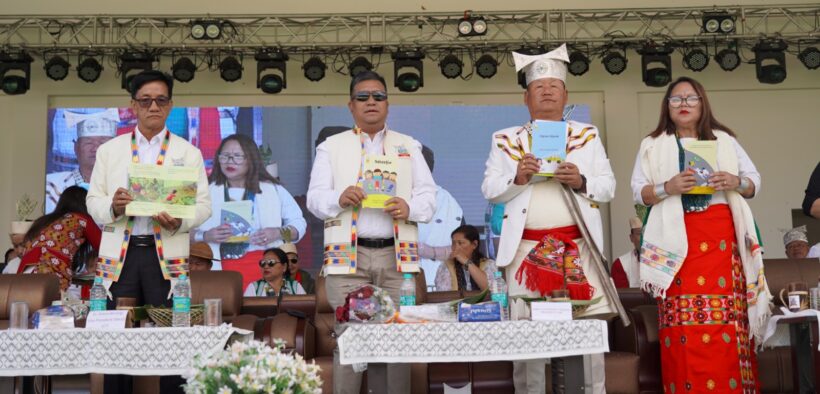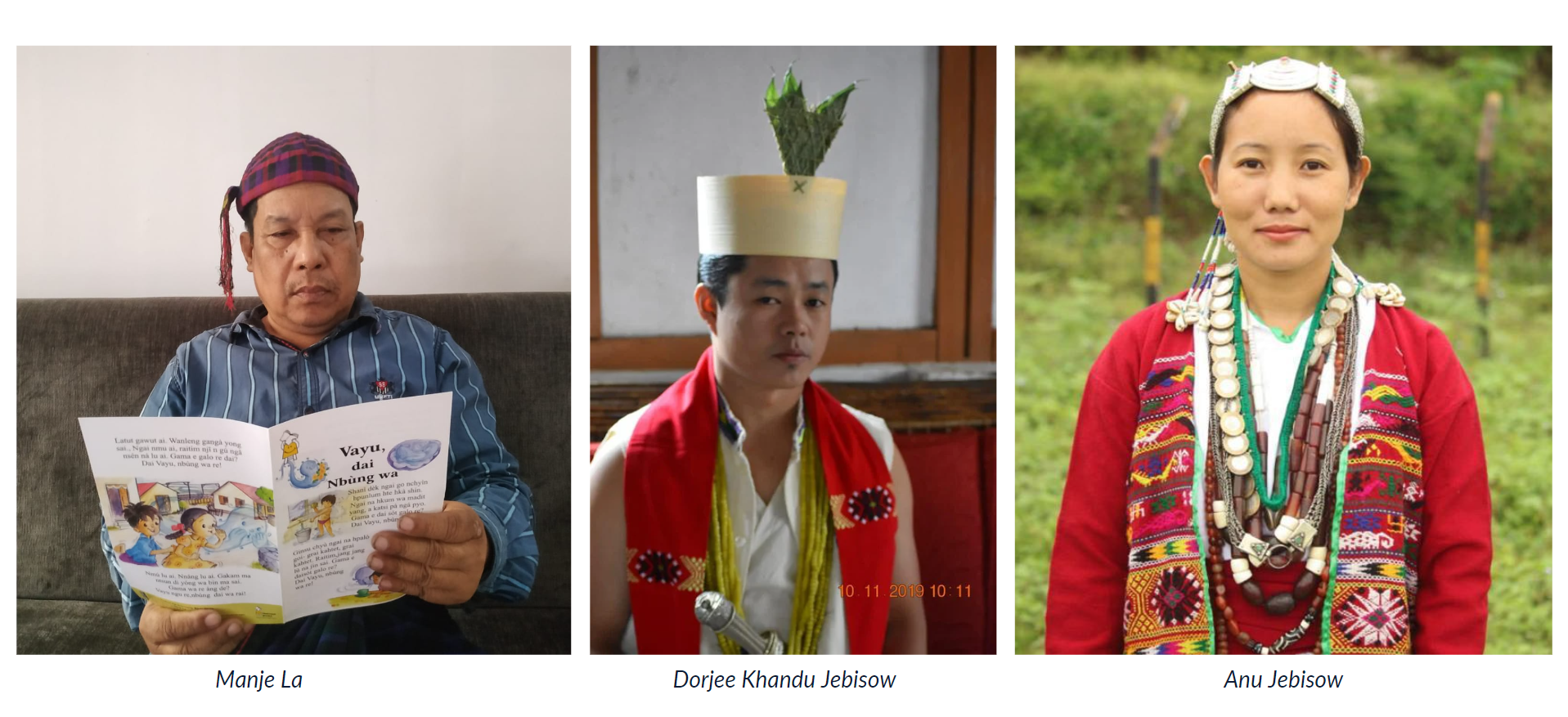Story Cards in North-Eastern Dialects: A Fascinating Journey

The Singpho and the Hrusso story cards mark an important milestone in the preservation of indigenous languages of northeast India that are under threat of neglect and extinction.
Storycards? What exactly are they?
The simplest definition of a story card would be a very short illustrated story printed on a two-leafed folded card. The story maybe small but its impact on readers is huge! I have been using English story cards with young students for over a decade and have found several benefits and below are a few of them:
- The stories on story cards are short and of ideal length to capture children’s short attention spans.
- The story cards are small and light and easier to carry than books. Furthermore they are reasonably priced and children of poorer background can also afford buying them.
- The story cards can be used in classrooms and community learning centres not only for developing literacy but also for preserving language and culture.
Recently, some Aka-Hrusso and the Singpho community members of Arunachal Pradesh and Assam translated and ordered the printing of several English story cards from Pratham. The process of translation was challenging as the Hrusso and the Singpho languages are complex and difficult to master.
The translators however worked very hard on their translations even though the stories were short. After several revisions, the drafts had to be approved by language experts in their respective communities and uploaded on to the Pratham Storyweaver platform before getting printed.
Once printed, the story cards were shipped to the respective individuals and organisations that had ordered them.

Manje La (President, Singpho Language and Cultural Development Society) of Margherita, Assam translated five selected Pratham stories into Singpho with a lot of enthusiasm and alacrity while Koing Samon Umbon, DDSE (Deputy Director of School Education), Namsai approvedthe translations.
Labii Dususow (Vice-President of the Aka Shotuko-Kunu) was the dynamic coordinator and Anu and Dorjee Khandu Jebisow (members of the Aka Language Academy)translated the stories. Dr. Vijay D’Souza, Director at NIELAC (North Eastern Institute of Language and Culture) who is instrumental in researching, supporting and popularizing the Hrusso script in the community was the reviewer.
The Hrusso story cards were launched at the Nyethrii-Dow Festival that celebrated its golden jubilee in a small town called Thrizino in the West Kameng District of Arunachal Pradesh in November 2023. Some of the translated story cards made their way into the gift bags of important dignitaries and guests present at the festival.
The translation and printing of the Singpho and the Hrusso story cards marks and important milestone in the preservation of indigenous languages of northeast India that are under threat of neglect and extinction. In this regard, the newly printed story cards of the Singphos and the Aka-Hrussos have the potential of inspiring other communities into translating, printing and creating their own story cards not only for developing literacy in their own mother tongues but also for safeguarding their unique lifestyles, stories and culture.
Guest post by Nabanita Deshmukh
Nabanita Deshmukh is a teacher, a teacher educator, and a writer of children’s stories and poems. She has published 10 books of short stories and works extensively in education with schools and communities of northeastern India.
